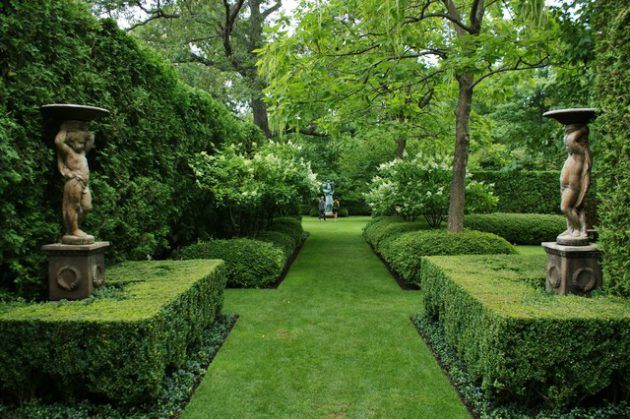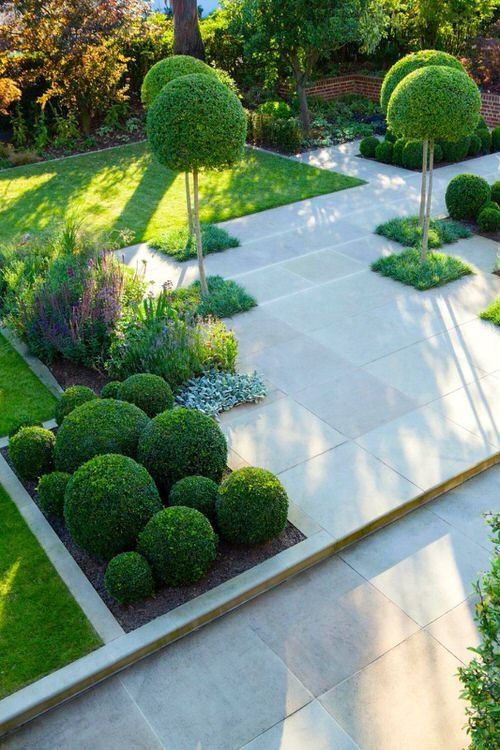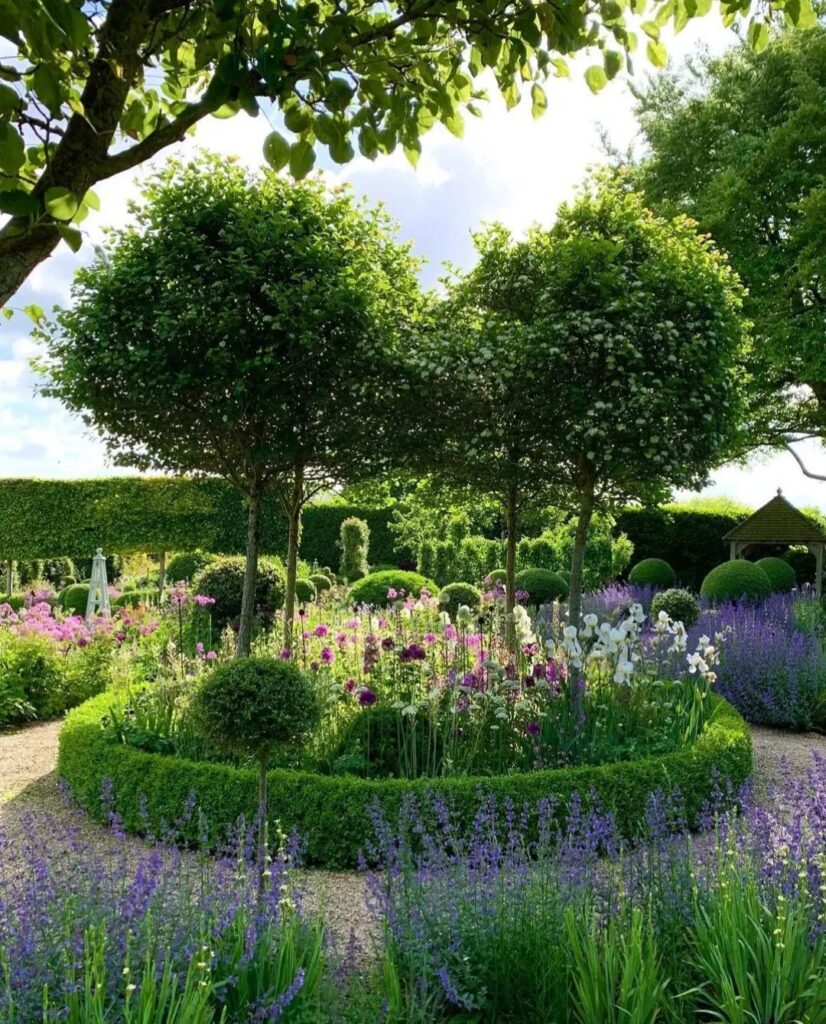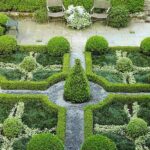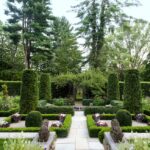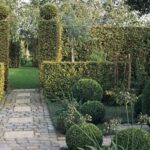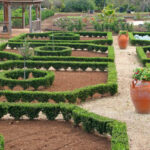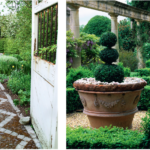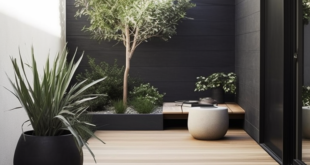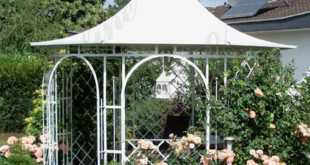Formal garden design is a style of landscaping that has its roots in classical European estates and has since been adapted and popularized all over the world. Characterized by a sense of symmetry, geometric shapes, and pristine garden beds, formal gardens are known for their clean lines and carefully planned layouts. This design style often features manicured hedges, perfectly trimmed shrubs, and strategically placed statues or fountains to create a sense of order and elegance.
One of the key elements of formal garden design is the use of symmetry. This design principle involves creating a sense of balance and harmony through mirroring the layout of plants, pathways, and architectural features. Symmetrical designs can create a sense of grandeur and sophistication, making a formal garden a striking focal point in any landscape.
Another hallmark of formal garden design is the use of geometric shapes. From perfectly round flower beds to meticulously trimmed hedges in the shape of cubes or spheres, geometric shapes play a crucial role in creating the clean lines and structured look that defines formal gardens. These shapes help to create a sense of order and organization in the garden, helping to enhance its overall aesthetic appeal.
In addition to symmetry and geometric shapes, formal gardens often feature carefully planned layouts and pathways. Straight lines and right angles are commonly used to create a sense of order and structure in the garden, guiding visitors through the space and drawing the eye to key focal points such as statues or water features. These pathways are usually made from materials like gravel, brick, or stone to reinforce the formal design aesthetic.
Formal garden design also often incorporates elements such as topiary and espalier, which involve shaping and training plants into specific forms. Topiary involves trimming shrubs and trees into geometric shapes or whimsical designs, while espalier involves training fruit trees to grow flat against a wall or trellis. These techniques add a unique touch to a formal garden, creating visual interest and adding to its formal and refined appearance.
Overall, formal garden design is a timeless and elegant style of landscaping that can enhance the beauty and sophistication of any outdoor space. By incorporating elements such as symmetry, geometric shapes, carefully planned layouts, and unique plant forms, formal gardens create a sense of order and elegance that never goes out of style. Whether in a grand estate or a small backyard, formal garden design can transform any outdoor space into a true masterpiece of design and beauty.
 yishifashion Where Outdoor Dreams Become Reality
yishifashion Where Outdoor Dreams Become Reality
